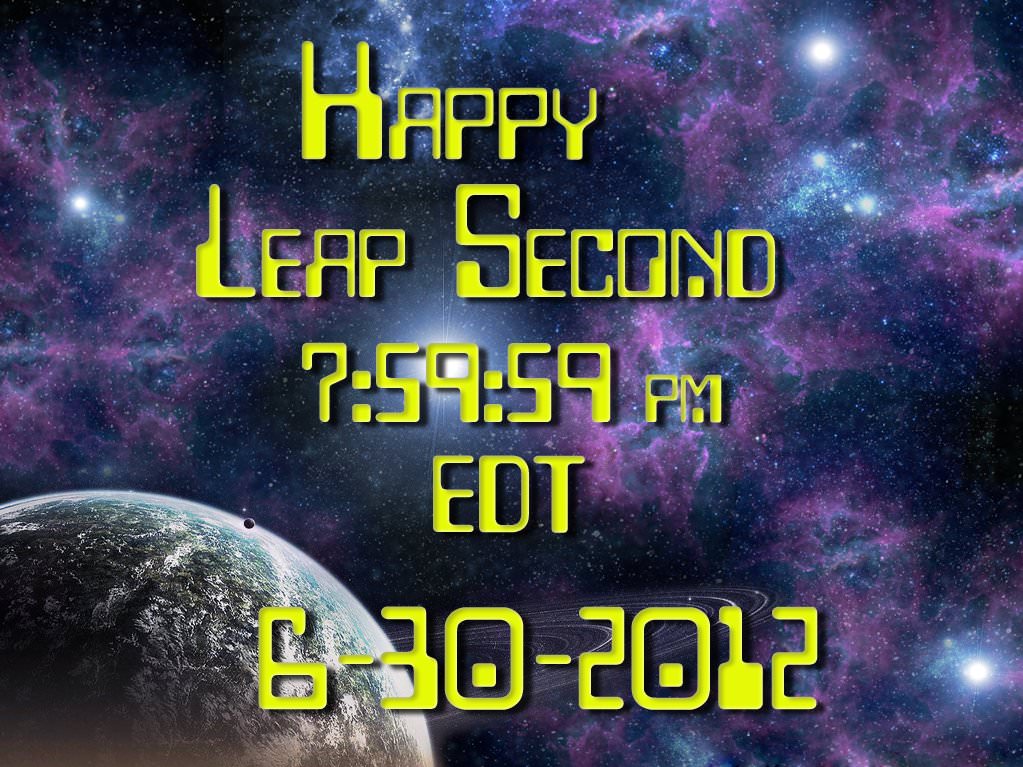It’s strange but true. We may not fully understand one of the simplest metrics in observational astronomy: just what time does the Sun rise… really?
Continue reading “When Does the Sun Rise… Really?”About Time: Is the June 30th Leap Second the Last?
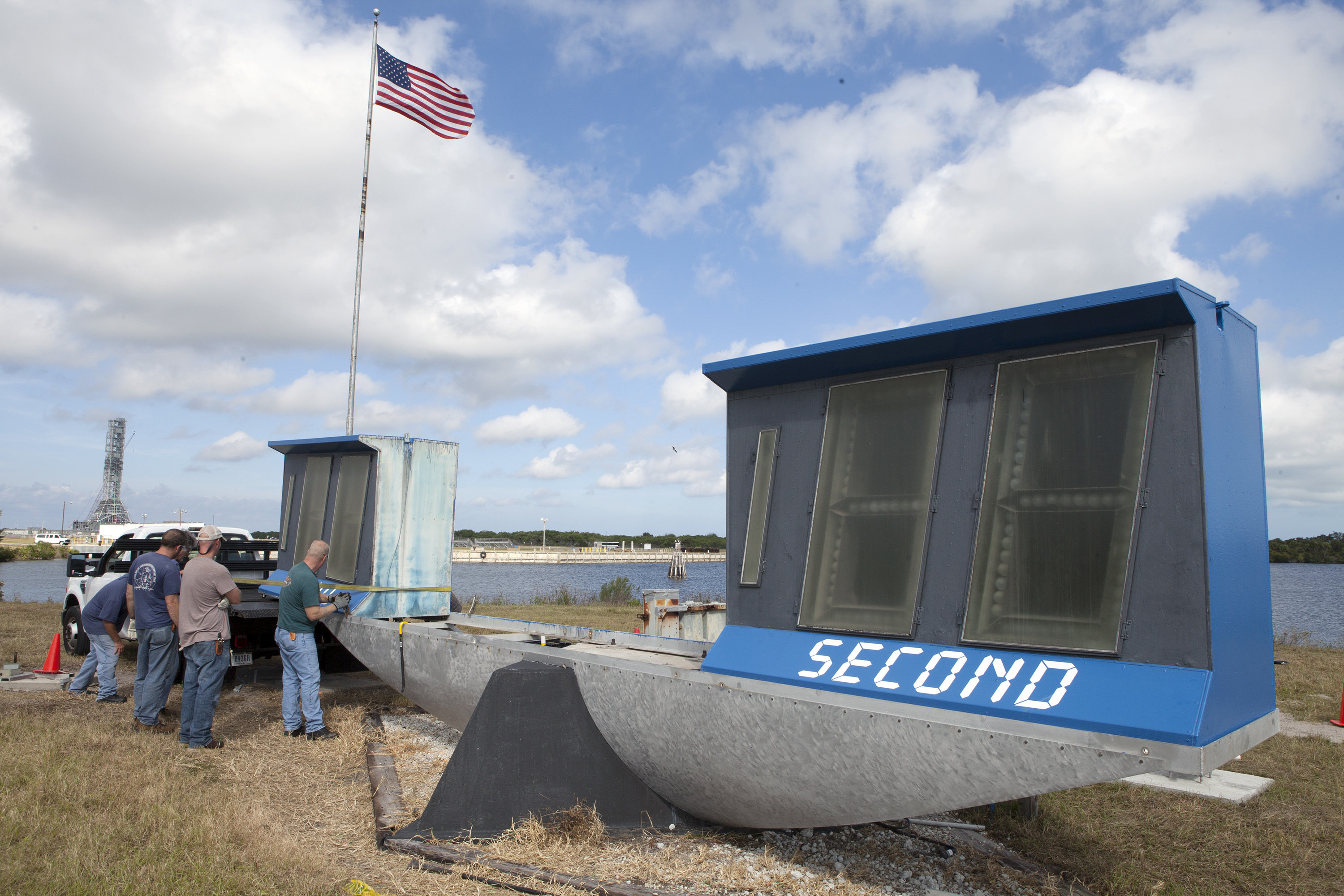
The month of June 2015 is just a tad longer than usual… but not for the reason you’ve been told.
Chances are, you’ll soon be hearing that we’re tacking on an extra second to the very end of June 30th, though the reason why is a bit more complex than the explanation you’ll be hearing.
It’s an error that comes around and is repeated about every 500 days or so, as we add a leap second to June 30th or December 31st.
‘The rotation of the Earth is slowing down,’ your local weather newscaster/website/anonymous person on Twitter will say. ‘This is why we need to add in an extra second every few years, to keep our accounting for time in sync.’
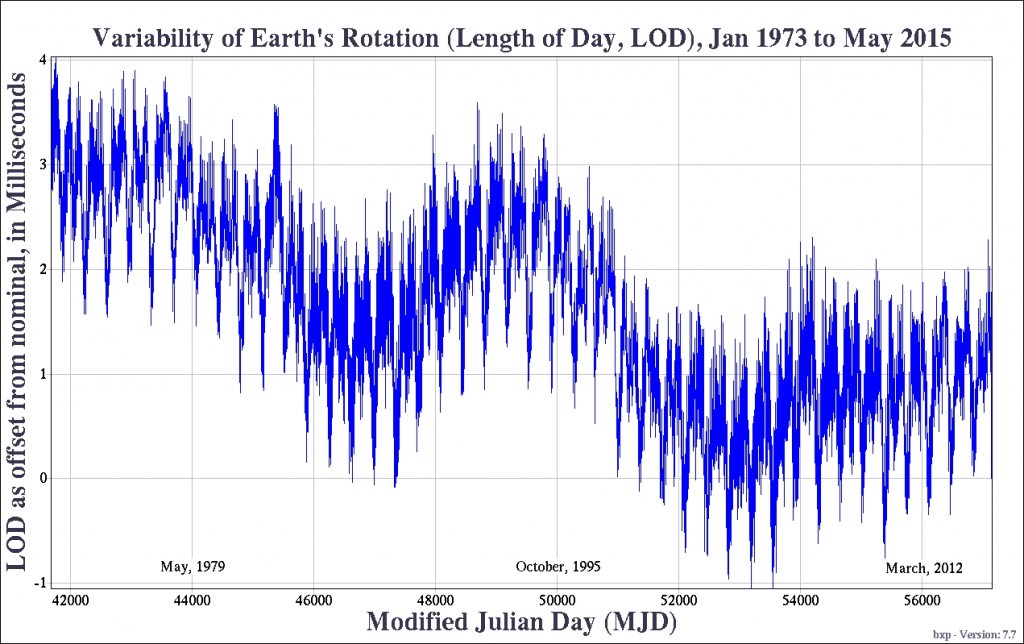
Now, I know what you’re thinking.
Doesn’t adding a second once every 18-24 months or so add up to an awful lot? Are we really slowing down to the tune of (calculator apps out) over 11 minutes per millennium? What’s going on here?
Here’s what your weatherman won’t tell you.
The story of the second and the insertion of the modern day leap second is a curious case of modern astronomical history.
Universe Today recently covered the quirks of the Earth’s rotation on this past weekend’s June solstice. We are indeed slowing down, to the tune of an average of 2.3 milliseconds (thousands of a second) of a day per century in the current epoch, mostly due to the tidal braking action of the Moon. The advent of anthropogenic global warming will also incur variations in the Earth’s rotation rate as well.
Historically, the second was defined as 1/86,400th (60 seconds x 60 minutes x 24 hours) of a mean solar day. We’ve actually been on an astronomical standard of time of one sort or another for thousands of years, though it’s only been over the last two centuries that we’ve really needed—or could even reliably measure—time to an accuracy of less than a second. These early observations were made by astronomers using transit instruments as they watched stars ‘cross the wire’ in an eyepiece using nothing more sophisticated than a Mark-1 eyeball.
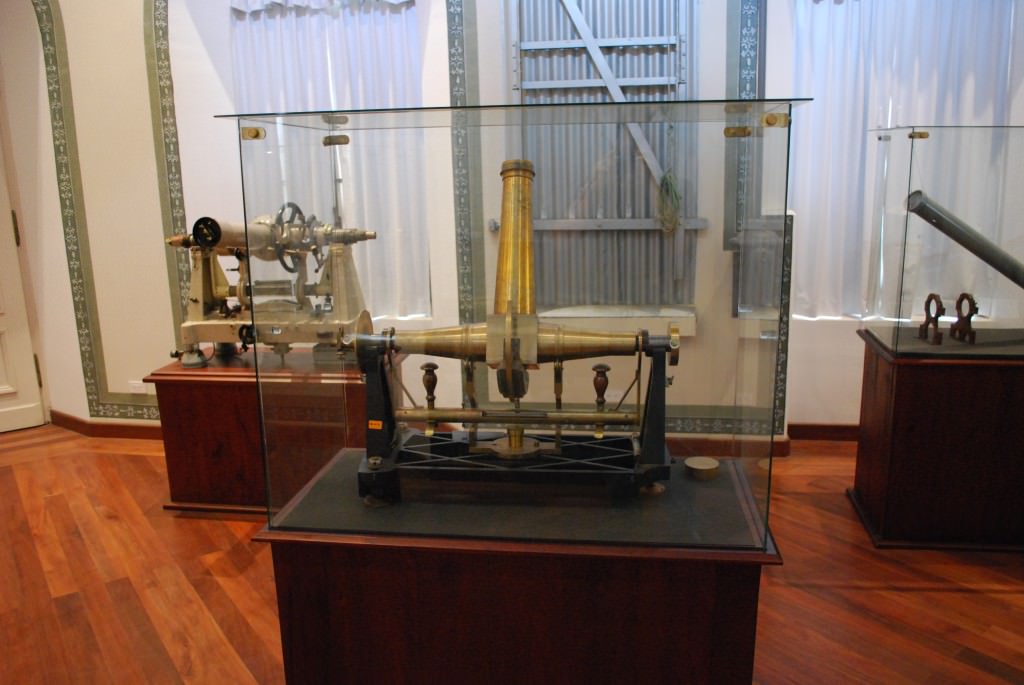
The whole affair was addressed in 1956 by the International Committee for Weights and Measures, which defined what was known as the ephemeris, or astronomical second as a fraction—1/31,556,925.9747th to be precise—of the tropical year set at noon on January 1st 1900.
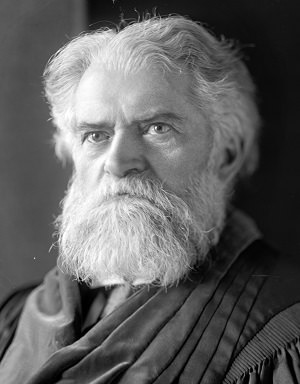
Now, this decision relied on measurements contained in Simon Newcomb’s 1895 book Tables of the Sun to describe the motion of the Earth. Extrapolating back, a day was exactly 86,400 modern seconds long… in 1820.
In the intervening 195 years, the modern day is now about an extra 1/500th (86,400.002) of an SI second long. In turn, the SI second was defined in 1967 as:
The duration of 9,192,631,770 periods of radiation corresponding to the transition between two hyperfine levels of the ground state of the Cesium-133 atom.

Now, physicists love to have an SI definition that isn’t reliant on an artifact. In fact, the pesky holdout known as the kilogram is the last of the seven SI base units that is based on an object and not a constant that anyone can measure in a lab worldwide. Simply locking a second at 1/86,400th of a mean solar day would mean that the second itself was slowly lengthening, creating its own can of worms…
So the leap second came to be, as a compromise between UT1 (Astronomical observed time) and UTC (Coordinated Universal Time), which defines a day as being comprised of 86,400 SI seconds. These days, the United States Naval Observatory utilizes observations which include quasars, GPS satellites and laser ranging experiments left on the Moon by Apollo astronauts to measure UT1.
The difference between Universal and Terrestrial Time is often referred to as Delta T.

The first leap second was inserted on June 30th 1972, and 25 leap seconds have been introduced up until the extra June 30th second next week.
But the Earth’s rotation isn’t actually slowing down a second every time we add one… this is the point most folks get wrong. Think of it this way: the modern Gregorian calendar inserts a leap day every four years to keep it in sync with the mean tropical year… but the length of the year itself doesn’t increase by a day every four years. Those fractions of a second per day just keep adding up until the difference between UT1 and UTC mounts towards one second, and the good folks at the International Earth Rotation Service decide something must be done.
And don’t fear the leap second, though we’ve already seen many ‘Y2K redux’ cries already cropping up around the web. We do this every 18-24 months or so, and Skynet hasn’t become self-aware… or at least, not yet.
Of course, programmers hate the leap second, and much like the patchwork of daylight saving time and time zone rules, it causes a colossal headache to assure all of those exceptions and rules are accounted for. Consider, for example, how many transactions (emails, tweets, etc) fly around the globe every second. Many services such as Google instead apply what’s known as a ‘leap smear,’ which slices the leap second out into tinier micro-second sized bites.
With the current system in place, leap seconds will become ever more frequent as the Earth’s rotation continues to slow. There have been calls over the years to even do away with the astronomical standard for measuring time entirely, and go exclusively to the SI second and UTC. This would also create a curious situation of not only, say, throwing off local sunset and sunrise times, but users of GOTO telescope pointing systems would probably note errors within a few decades or so.
This coming November, The World Radiocommunication Conference being held in Geneva, Switzerland is looking to address the issue, though we suspect that, for now at least, the future of the leap second is secure… perhaps, if we did indeed go off the astronomical time standard for the first time in the history of modern human civilization, a leap hour might have to be instituted somewhere around oh say, 2600 AD.
What do you, the reader think? Should it be ‘down with the leap second,’ or should we keep our clocks in lock step with the cosmos?
What are You Doing With Your Added Leap Second Today?
Everyone loves a long weekend, this weekend will be officially one second longer than usual. An extra second, or “leap” second, will be added at midnight UTC tonight, June 30, 2012, to account for the fact that it is taking Earth longer and longer to complete one full turn, or one a solar day. Granted, it the additional time is not very long, but the extra second will ensure that the atomic clocks we use to keep time will be in synch with Earth’s rotational period.
“The solar day is gradually getting longer because Earth’s rotation is slowing down ever so slightly,” says Daniel MacMillan of NASA’s Goddard Space Flight Center.
So, rather than changing from 23:59:59 on June 30 to 00:00:00 on July 1, the official time will get an extra second at 23:59:60.
About every one and a half years, one extra second is added to Universal Coordinated Time (UTC) and clocks around the world. Since 1972, a total of 24 seconds have been added. This means that the Earth has slowed down 24 seconds compared to atomic time since then.
However, this doesn’t mean that days are 24 seconds longer now, as only the days on which the leap seconds are inserted have 86,401 seconds instead of the usual 86,400 seconds.
This leap second accounts for the fact that the Earth’s rotation around its own axis, which determines the length of a day, slows down over time while the atomic clocks we use to measure time tick away at almost the same speed over millions of years.
NASA explains it this way:
Scientists know exactly how long it takes Earth to rotate because they have been making that measurement for decades using an extremely precise technique called Very Long Baseline Interferometry (VLBI). VLBI measurements are made daily by an international network of stations that team up to conduct observations at the same time and correlate the results. NASA Goddard provides essential coordination of these measurements, as well as processing and archiving the data collected. And NASA is helping to lead the development of the next generation of VLBI system through the agency’s Space Geodesy Project, led by Goddard.
From VLBI, scientists have learned that Earth is not the most reliable timekeeper. The planet’s rotation is slowing down overall because of tidal forces between Earth and the moon. Roughly every 100 years, the day gets about 1.4 milliseconds, or 1.4 thousandths of a second, longer. Granted, that’s about 100 or 200 times faster than the blink of an eye. But if you add up that small discrepancy every day for years and years, it can make a very big difference indeed.
“At the time of the dinosaurs, Earth completed one rotation in about 23 hours,” says MacMillan, who is a member of the VLBI team at NASA Goddard. “In the year 1820, a rotation took exactly 24 hours, or 86,400 standard seconds. Since 1820, the mean solar day has increased by about 2.5 milliseconds.”
By the 1950s, scientists had already realized that some scientific measurements and technologies demanded more precise timekeeping than Earth’s rotation could provide. So, in 1967, they officially changed the definition of a second. No longer was it based on the length of a day but on an extremely predictable measurement made of electromagnetic transitions in atoms of cesium. These “atomic clocks” based on cesium are accurate to one second in 1,400,000 years. Most people around the world rely on the time standard based on the cesium atom: Coordinated Universal Time (UTC).
Another time standard, called Universal Time 1 (UT1), is based on the rotation of Earth on its axis with respect to the sun. UT1 is officially computed from VLBI measurements, which rely on astronomical reference points and have a typical precision of 5 microseconds, or 5 millionths of a second, or better.
“These reference points are very distant astronomical objects called quasars, which are essentially motionless when viewed from Earth because they are located several billion light years away,” says Goddard’s Stephen Merkowitz, the Space Geodesy Project manager.
For VLBI observations, several stations around the world observe a selected quasar at the same time, with each station recording the arrival of the signal from the quasar; this is done for a series of quasars during a typical 24-hour session. These measurements are made with such exquisite accuracy that it’s actually possible to determine that the signal does not arrive at every station at exactly the same time. From the miniscule differences in arrival times, scientists can figure out the positions of the stations and Earth’s orientation in space, as well as calculating Earth’s rotation speed relative to the quasar positions.
Originally, leap seconds were added to provide a UTC time signal that could be used for navigation at sea. This motivation has become obsolete with the development of GPS (Global Positioning System) and other satellite navigation systems. These days, a leap second is inserted in UTC to keep it within 0.9 seconds of UT1.
Normally, the clock would move from 23:59:59 to 00:00:00 the next day. Instead, at 23:59:59 on June 30, UTC will move to 23:59:60, and then to 00:00:00 on July 1. In practice, this means that clocks in many systems will be turned off for one second.
Proposals have been made to abolish the leap second and let the two time standards drift apart. This is because of the cost of planning for leap seconds and the potential impact of adjusting or turning important systems on and off in synch. No decision will made about that, however, until 2015 at the earliest by the International Telecommunication Union, a specialized agency of the United Nations that addresses issues in information and communication technologies. If the two standards are allowed to go further and further out of synch, they will differ by about 25 minutes in 500 years.
In the meantime, leap seconds will continue to be added to the official UTC timekeeping. The 2012 leap second is the 35th leap second to be added and the first since 2008.
Lead image credit: Rick Ellis
Sources: NASA, TimeandDate.com


